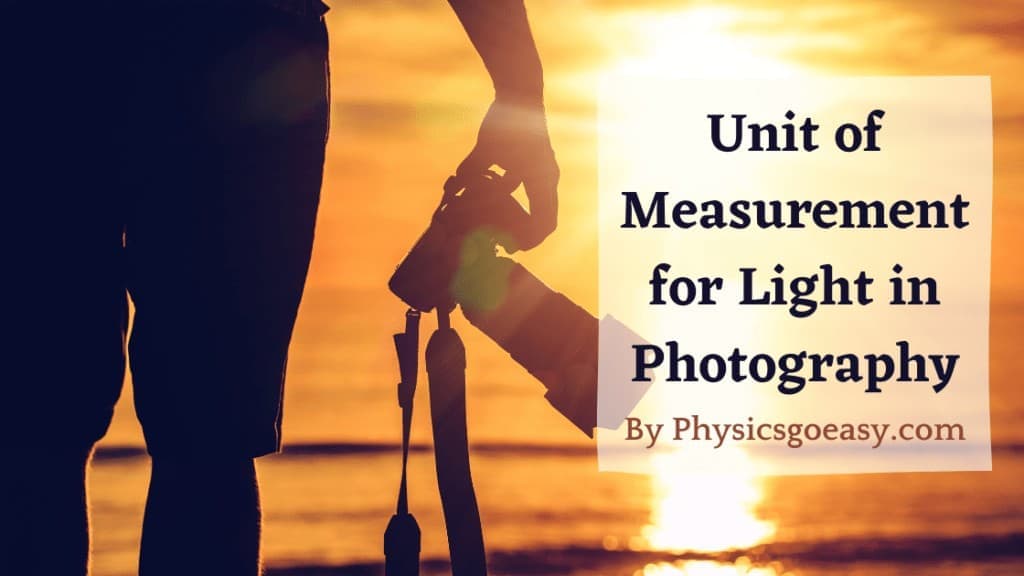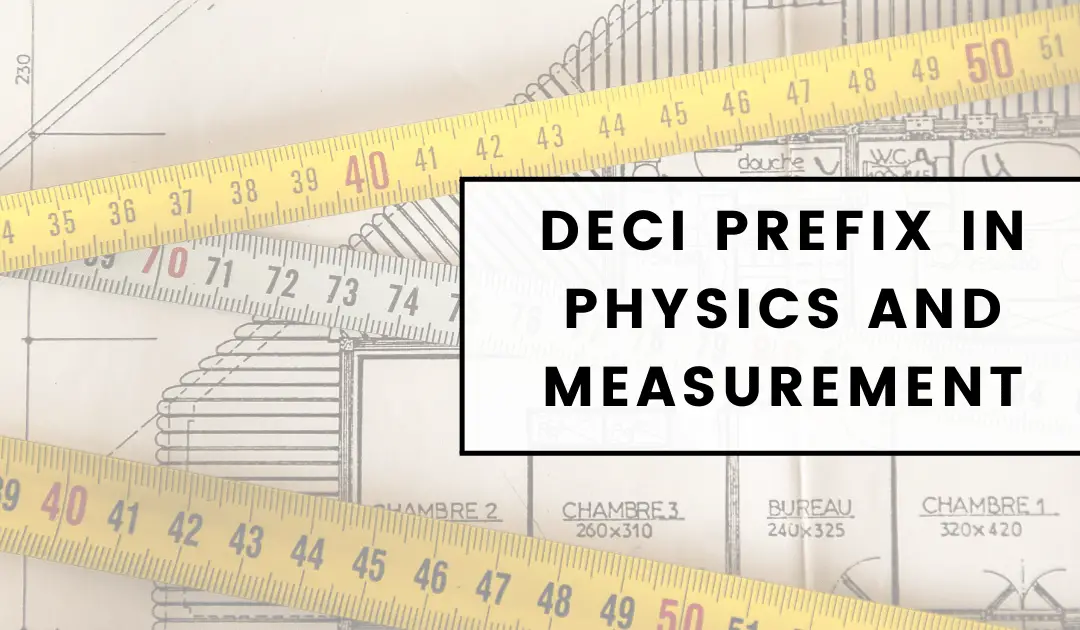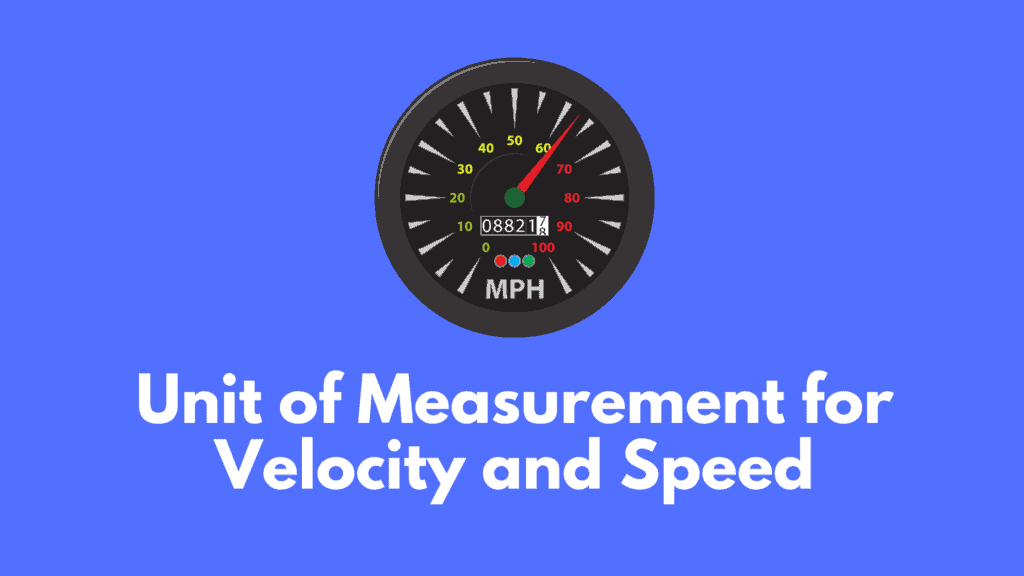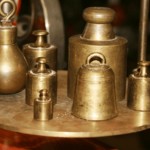
Light Measurement in Photography
Light plays a very important role in photography. It is an enhancement that anyone can optimize setting the site of photography properly or sometimes with additional equipment. Overall, it is not just about bright or dark but a lot more than that. The theme, mood, tone, vibrancy, etc. all depend on it during photography. Most of the photographers will agree with this thing for sure.
But how do they measure light in this kind of profession…? You just can’t say that the light is low or high. There needs to be a measurement unit to carry out this kind of stuff and in this article, we are going to see just that. So, let’s hop in and learn about the unit of measurement for light in photography
Lux (The Measuring Unit):
Unit of measurement for light in photography
Lux is the SI unit that is used to measure the amount of light in photography. It basically measures luminous flux per unit area and the luminous flux is nothing but perceived power of light. Therefore, higher the luminous flux more will be the power of the light. The following table gives us a good insight into the SI unit ‘Lux’ and its comparison with things that we know.
| Surfaces illuminated by | Lux (lx) value |
| Moonless night sky | 0.0001 |
| Full Moon Night | 0.002 |
| Living Room at home | 50 |
| Sunrise on a clear day | 400 |
| Typical TV Studio lighting | 1000 |
| Direct Sunlight | 32,000 – 100,000 |
Calculation of Lux:
For calculating lux levels at a point due to a source, you need to see the light source as the center of a sphere and the point at which the illuminance is to be calculated should be perceived as the point on the spherical surface at a distance equal to the radius of the imaginary sphere. We can achieve the final answer with the help of the following equation,
$E = \frac{\Phi}{A}$
where,
$E =$ Illuminance (Lux)
$\Phi =$ Luminous flux (Lumens)
$A =$ Surface area through which light travels (square meter)
Lumens and lux are not to be confused with as they are different and represent Illuminance and luminous flux respectively.
Lux Meter in Photography:
So, we can calculate the light conditions anywhere at any time with a device known as lux meter or also known as the light meter. There are photocells on the lux meter which capture the light falling on it and convert them into electrical current. These electric currents are analyzed by the device to measure and provide the lux levels at the particular location where it is measured. The derived values of the light condition depend on the light intensity of the source and the distance of the point of measurement from the source.
The lux levels allow photographers to set a proper shutter speed for the shoot or photography to give the best of photos. Also, the lux levels help with different conditions during filming and make sure the scenes in different levels have consistent brightness on the screen. The points where the lux levels are measured should not be too close to any walls or any other obstructions. Care should be taken so that the device should is not kept at places with excess temperature and humidity for a long time as it can damage its accuracy and calibration.
Related Articles
- Units and Measurements in Physics
- http://hyperphysics.phy-astr.gsu.edu/hbase/hframe.html






